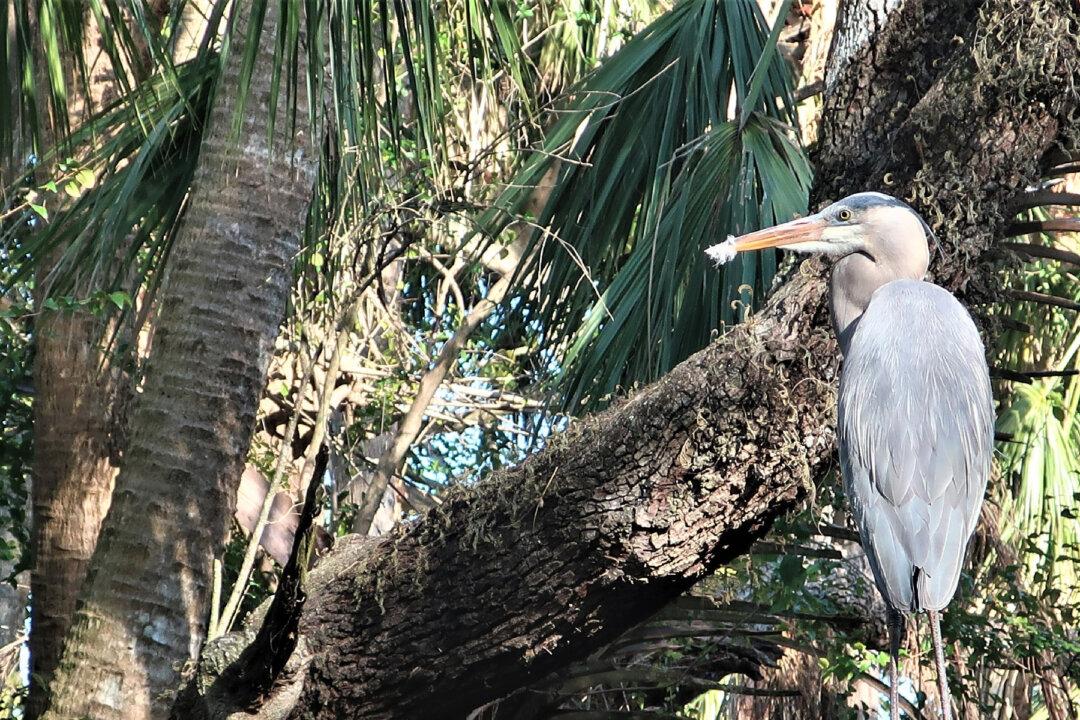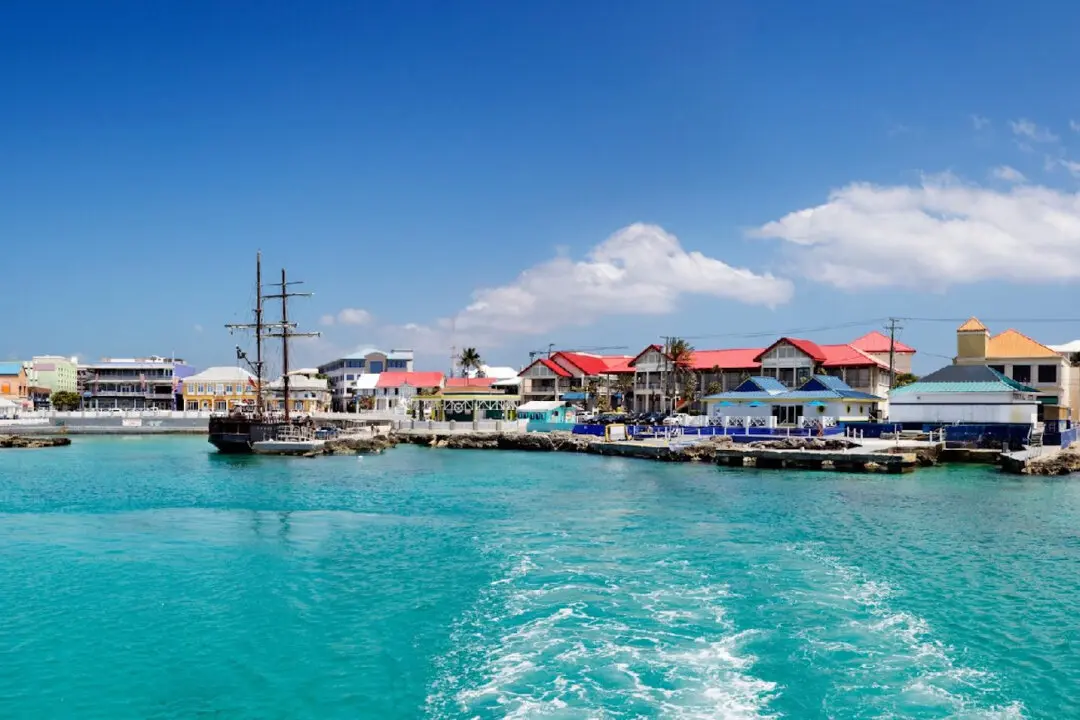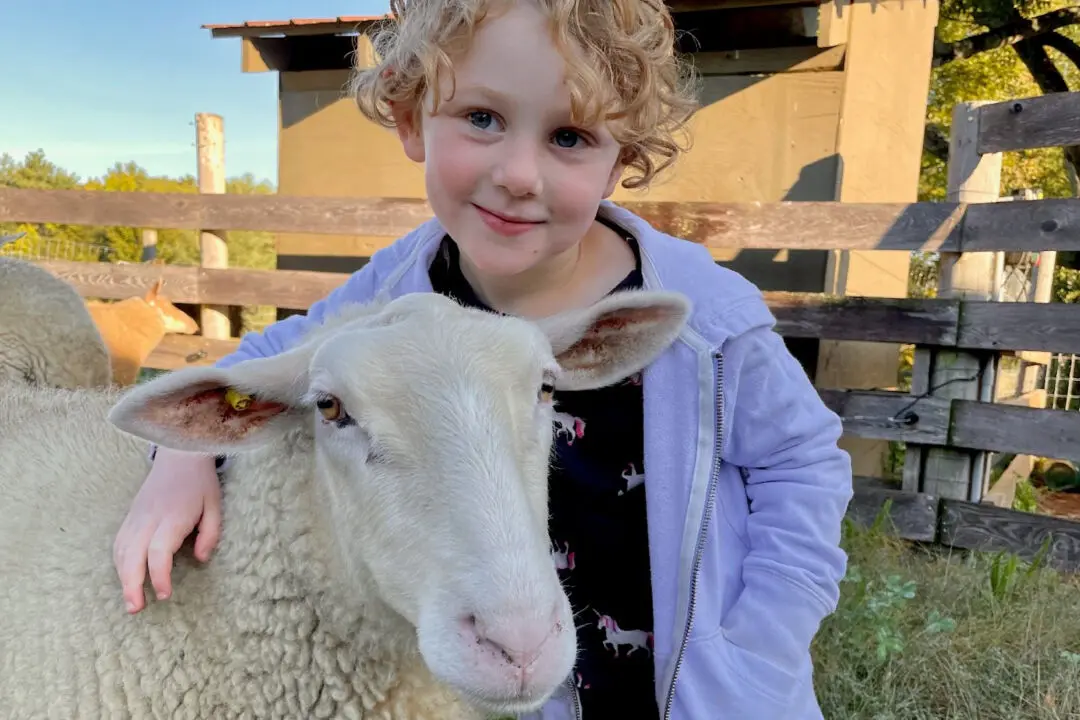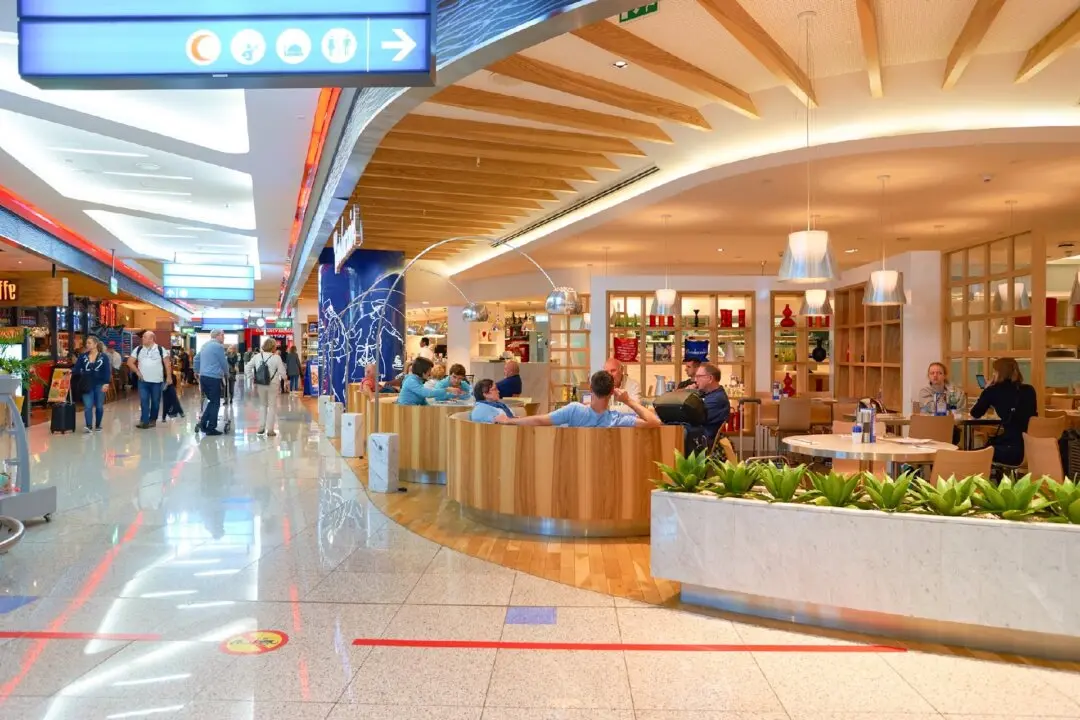When my wife, Fyllis, and I arrived in Lee County, Florida weeks after it was devastated by Hurricane Ian, we expected the worst, and our first impression supported that fear. Beachfront lots previously occupied by houses were empty, victims of wind and water. Some homes that escaped being obliterated had gaping holes in their roofs that were covered by blue tarpaulins. Piles of debris littered sidewalks.
To our surprise, concern about how we would spend the next few weeks soon dissipated. Stretches of beach were being reopened to sun-worshippers. A few blocks from the Gulf of Mexico shoreline, there were few indications of the big blow that had wreaked havoc along the coast.





